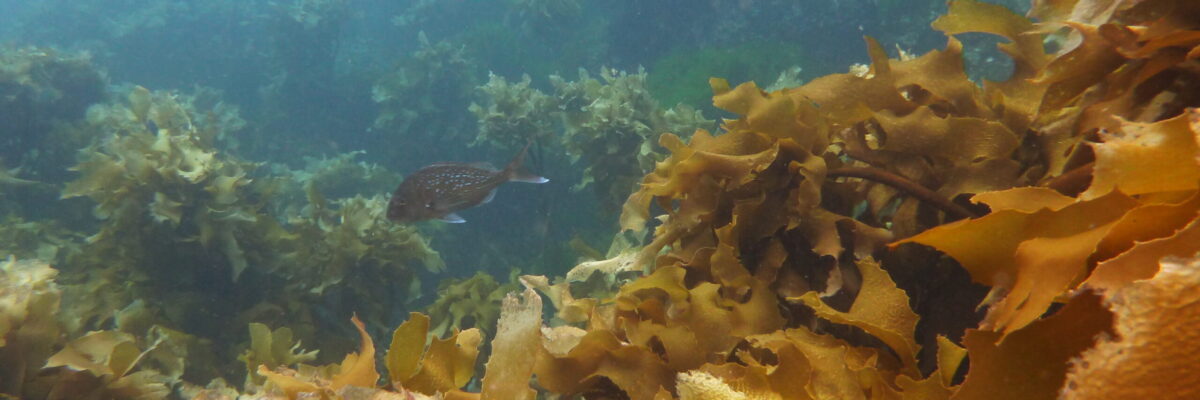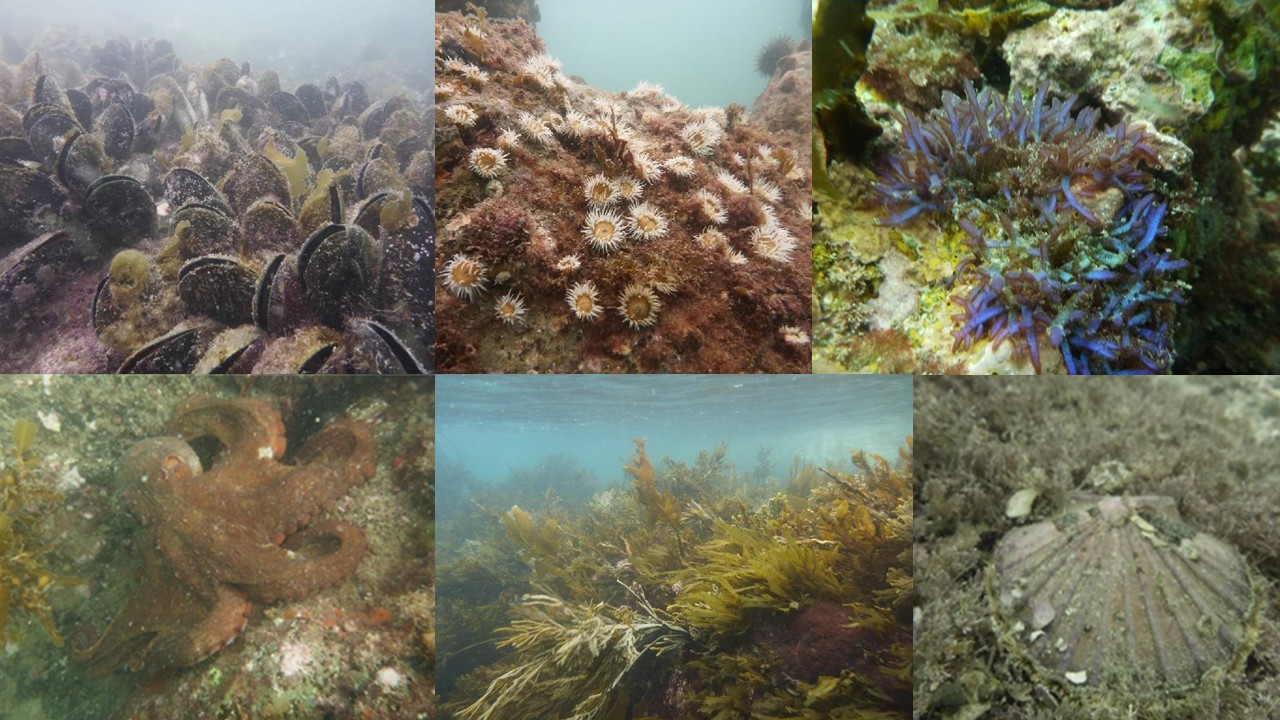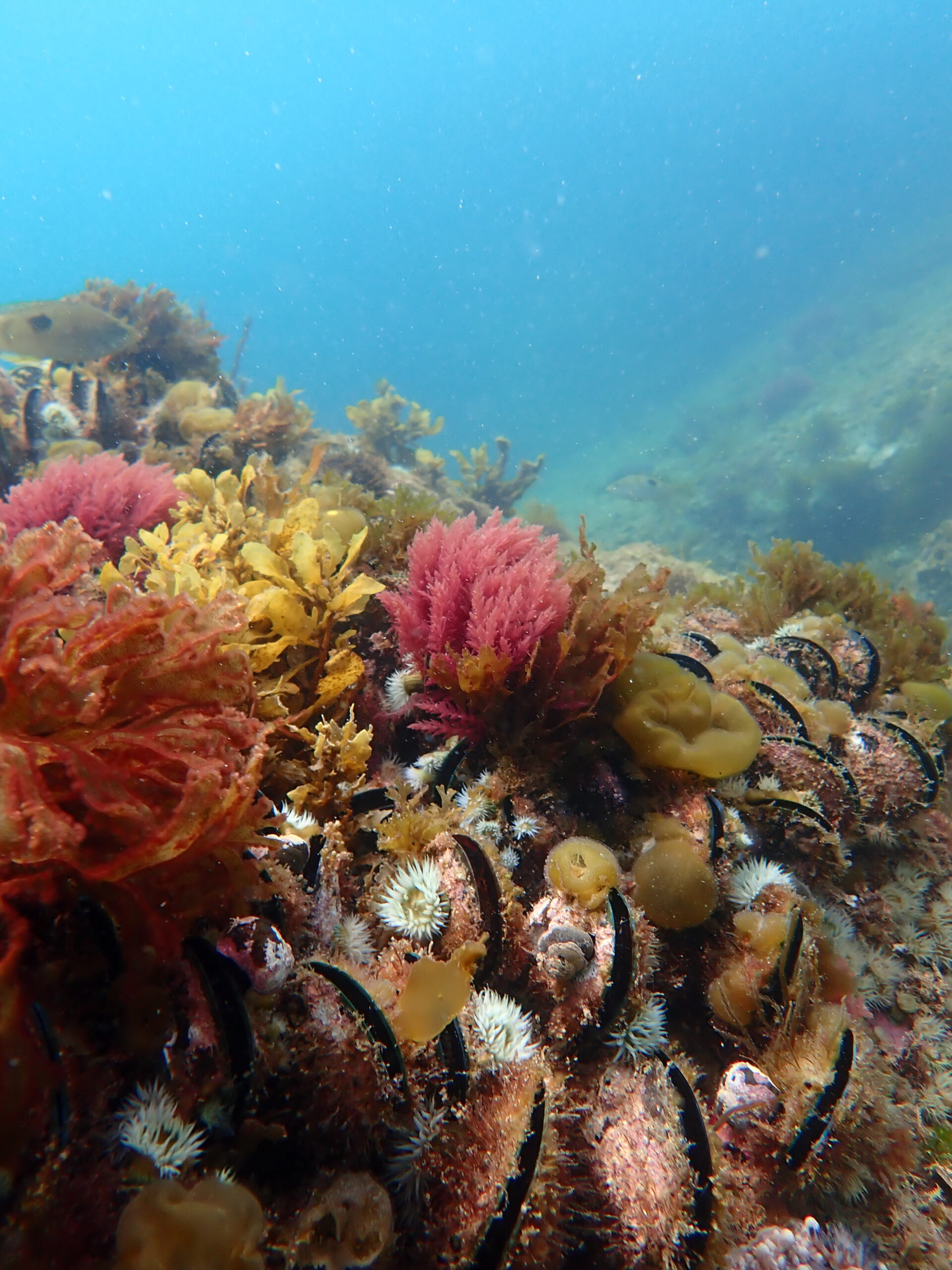Wednesday 26 November saw Opposition party members Arena Williams and Rachel Brooking (Labour), alongside Lan…

Celebrating long awaited Marine Protection for The Noises
The Hauraki Gulf Marine Protection Bill passed its third and final reading on Tuesday 7 October and will soon become law. We are still finding it hard to believe.
It marks the culmination of enormous effort made by so many tireless champions. It has taken 12 years to get this much needed protection and over that time, Tikapa Moana has changed. Feelings of joy and relief are flooding in, tempered by a daunting realisation that we need to make the most of the opportunities now being enabled.
It means The Noises will become one of 12 new High Protection Areas (HPA’s). Just under 60 km2 of marine protection will encompass all the islands, rock stacks, and reefs around The Noises group, to protect diverse habitats that support rich species biodiversity.
The establishment of The Noises HPA is far from the end game. Rather, it’s a hugely important step in the right direction, it’s the start of a new era of hope, and the opportunity to study regeneration rather than the loss we’ve witnessed all our lives. It offers the chance to change things for the better.
For our family, it seems so important to take the time now to acknowledge and give heartfelt thanks to all those involved in progressing this protection, especially around The Noises, and for their ongoing, unflinching support for this taonga.
We hope in the future, to expand this network of support, working collaboratively with others who care about the marine environment around The Noises and the Hauraki Gulf/Tikapa Moana.

New era, new opportunities
We can study passive regeneration and trial active regeneration, aiming to provide benefits to the wider Gulf. We anticipate much support for this and scope for many to be involved.
The HPA’s will provide opportunities to work alongside, or support Mana Whenua where appropriate, in their role as kaitiaki, as well as work closely with DOC, MPI, researchers and the wider community. Together, we can better understand one another’s mahi and create opportunities to build on what we learn. The respectful use of our collective wisdom to include Mātauranga Māori, science, and local ecological knowledge will be essential for make the best decisions for the future health of this taonga.
Marine protection around The Noises means both land and sea will now be protected. It’s the long-awaited chance to fully understand the benefits of protecting entire ecosystems. Environmental gains are what we immediately think of, but cultural and economic benefits that emerge from the HPA are equally important stories to tell. Sharing what we find through our Noises communications will be a privilege.
We know there are other factors impacting on successful marine regeneration. Climate change being the greatest threat, followed by sedimentation and pollution. The elimination of harvest pressure will now allow us to more clearly identify the extent to which these other factors threaten regeneration. Threats will be different depending on location. Gaining this knowledge may then help us advance further environmental goals.
Once The Noises HPA has time to regenerate, it should help regenerate marine areas beyond the boundaries of The Noises HPA. Legislation that creates a network of 12 new HPA’s, extensions to two existing marine reserves, and five seafloor protection areas, may cumulatively increase the positive benefits. Perhaps if we can indisputably show environmental, economic, cultural and social gains, this will help provide the future confidence needed, to establish more protection.
We know the long-term care of this precious taonga lies with all of us. We hope encouraging this awareness through our communications, will help foster the long-term care needed for this special place. Now we must do what we can to ensure the benefits associated with marine protection will be enjoyed by generations to come.
Recognising the Hauraki Gulf is changing rapidly, the ability to be adaptable and respond to this change when opportunities present themselves is essential. We do know how resilient the marine environment is when it’s given a chance to recover. We’ve seen it thrive in places where there have been active regeneration interventions.
In our present world of loss and uncertainty, how do we value emerging “hope spots” right on the doorstep of Tāmaki Makaurau? Places for people to experience wonder, joy, and the exuberance of life? Being able to read and hear stories of transformation, happening “just out there”, may inspire and encourage others to know that with their help, they too can transform their own precious places, to something even more precious.
This is such an exciting new chapter for marine protection in Aotearoa. We can’t wait to get started at The Noises!


